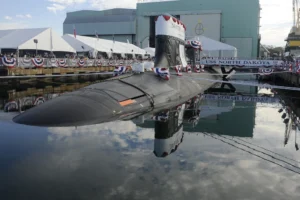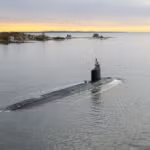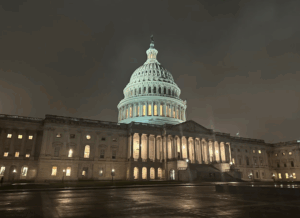
The top Democrat on the House Armed Services Seapower and Projection Forces subcommittee this week led a push against the Navy’s 2025 budget request seeking only one attack submarine (SSN) instead of two. Ahead of a Wednesday hearing on the Navy’s budget, Rep. Joe Courtney (D-Conn.) shared a memo with his committee colleagues outlining the consequences of cutting the previously planned two Virginia-class submarines in FY ‘25 and arguing against some Navy justifications for the change, including upward trends in…

 By
By 











